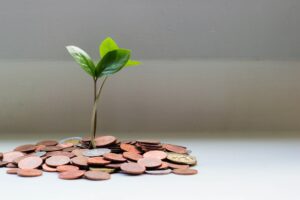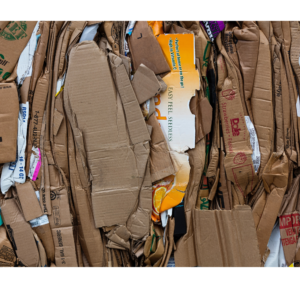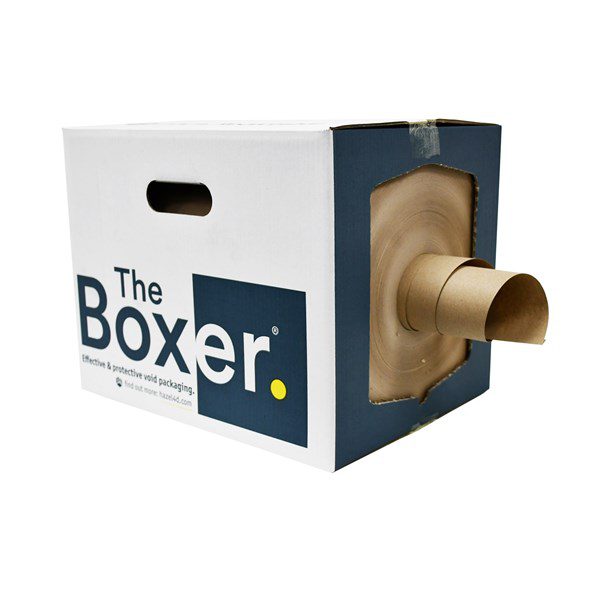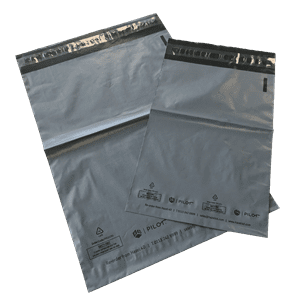Sustainable Packaging
Packing Tape
Sustainable Packaging Myths Debunked

By: Hadyn Oliver
4 Minute Read
Your Questions Answered
ToggleTimes are changing, consumers are changing, attitudes are changing. Sustainability is a top priority.
Environmental ideas are now expected of brands by a growing audience that is increasingly clued up about sustainability. To add a fact, 45% of Gen-Z shoppers have now stopped purchasing from certain brands because of the concerns on sustainability.
And guess what, the top of the list of consumer wants is sustainable packaging. 64% want brands to do more to reduce the materials they use, and any packaging they do use is sustainable as possible. Plus, nearly ¾ are willing to pay more for environmentally friendly packaging.
There are thousands of brands already making the switch to sustainable packaging, but a lot are a bit more hesitant. And it’s not surprising with the growing number of myths around.
Let’s talk about the top 5 …
#Myth1 Sustainable Packaging Is Expensive
It doesn’t have to be. Sustainable packaging is often more cost-effective than it appears. Materials such as plastic are going to be cheaper compared to sustainable options, this is just because they are more common, and have been around for years, driving costs down. But to understand you have to dig deeper.
Firstly, sustainable packaging involves less material. Compared to traditional options, it’s slimmer, lighter and can be used more efficiently. Often translating to a lower spend on materials per unit, including transport and shipping charges.
The cost of sustainable packaging not only accounts for materials, but also how you use them. Reducing the amount of materials used means less material manufactured, and therefore less material transported at every stage of its life cycle. And what does that lead to? Reduced costs.
Shipping plays a key role in sustainable packaging prices. Sea freight, a common choice, is a more sustainable way to ship packaging than air freight, in fact it has a 31x lower carbon footprint. It’s also a lot cheaper, but does take a lot longer to get to you.
#Myth2 Sustainable Packaging Choice Is Limited
This couldn’t be more wrong. There are thousands of different sustainable packaging choices out there. Sustainable doesn’t just mean it is recycled cardboard, there’s options like cotton, bamboo, grass, seaweed, and even mushrooms.
Another product also gaining popularity is the bioplastic. Made from plant sugars and starch, the market is expected to grow by 36% in the next 4 years. Paper and cardboard have also seen innovation, from wood-free paper, to bamboo paper, to glassine paper.
Sustainable packaging is available in a range of sizes, styles, shapes and colours and aren’t just limited to a shipping box. Mailing bags, retail bags, food packaging, cartons, book wraps, anything. In other words, there is a sustainable alternative for almost anything.
#Myth3 Sustainable Packaging Is Brown, Simple, And Boring
 People often think of brown, dark boxes when they hear sustainable packaging. But how wrong they are. Packaging innovation means sustainable alternatives are now available in all the colours, textures and effects you’d expect from regular packaging.
People often think of brown, dark boxes when they hear sustainable packaging. But how wrong they are. Packaging innovation means sustainable alternatives are now available in all the colours, textures and effects you’d expect from regular packaging.
If you think about it, take a paper bag, it’s going to be easy to print on. It’s made from paper after all!
#Myth4 Sustainable Packaging’s Quality Is Low
Think about this one. What is packaging used for? Protection and presentation. If it doesn’t do that then it’s not packaging. Eco-friendly bags and boxes need to be just as robust and strong as less eco-friendly packaging products.
Fluting, or corrugated cardboard, is a common packaging structure. The design provides strength and durability without thickening the materials. Recycled corrugated cardboard is a great example, made from recycled sources, it’s strong and doesn’t require new fibres in its production.
Even the bubble envelope sustainable alternative is good quality. A sustainable padding, in most cases, paper-based honeycomb is used as an alternative to bubble wrap. This is made from Kraft paper and does just as good a job as the bubble mailer.
#Myth5 If A Package Is Recyclable, Its Sustainable
This is in fact false. Although recycling is important in making a product sustainable, how you dispose of a product is just a small part of the picture.
An example is glass. It can be recycled easily without affecting the quality of the glass, however when producing glass, it takes a lot of time and resources. Plus, due to its heavier weight, transport fees are a lot higher and so are carbon emissions.
lot higher and so are carbon emissions.
To properly gauge how sustainably your packaging is, you have to look at the entire life cycle, from where it was sourced, all the way to it being disposed.e wrap. This is made from Kraft paper and does just as good a job as the bubble mailer.
The 5 biggest packaging myths
There you have it, 5 common myths debunked. Just remember when someone approaches you about sustainable packaging, or you think about switching to sustainable packaging, read into your suppliers, ask them for certification, make sure you know your products are truly sustainable.









